Native Americans


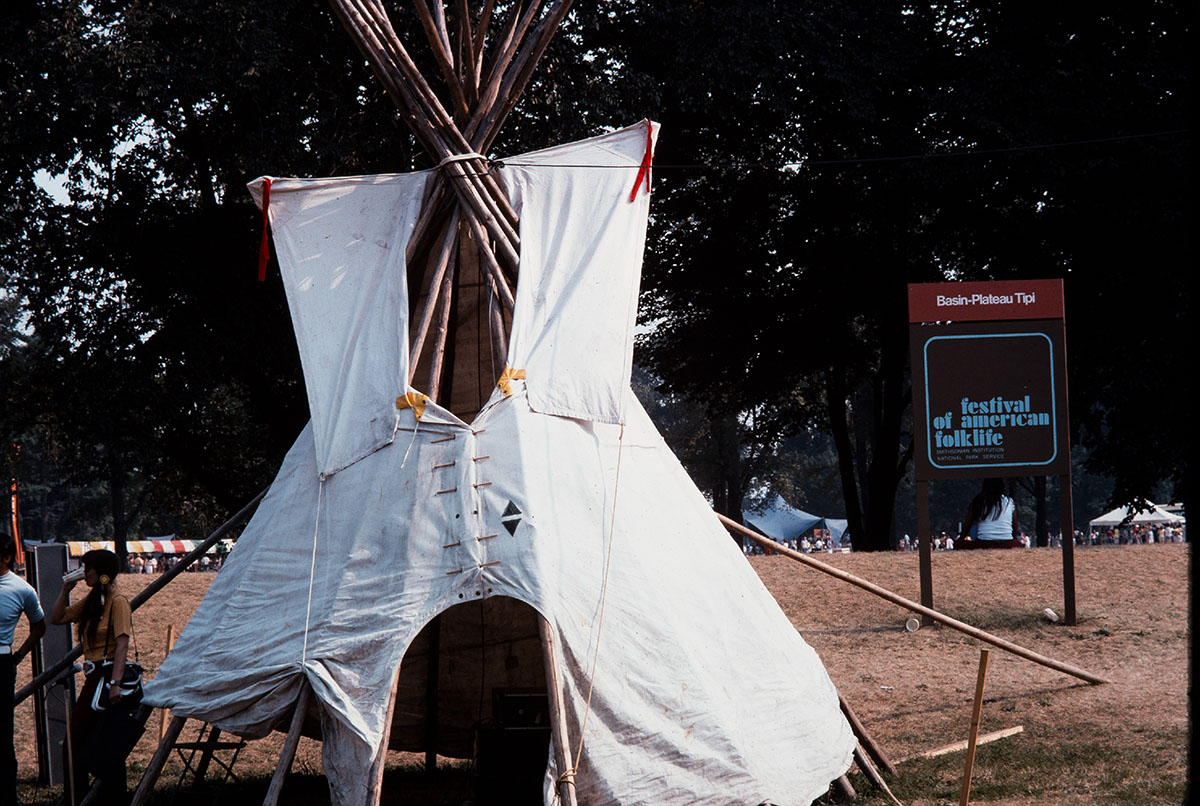
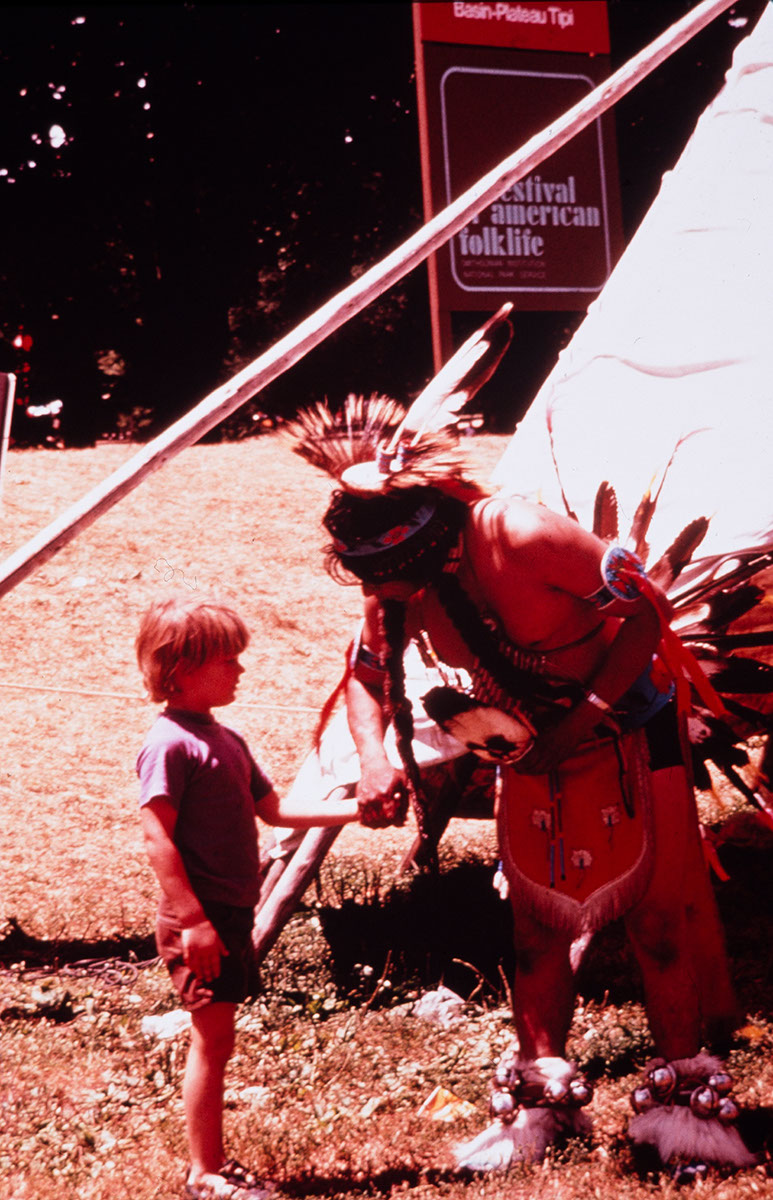
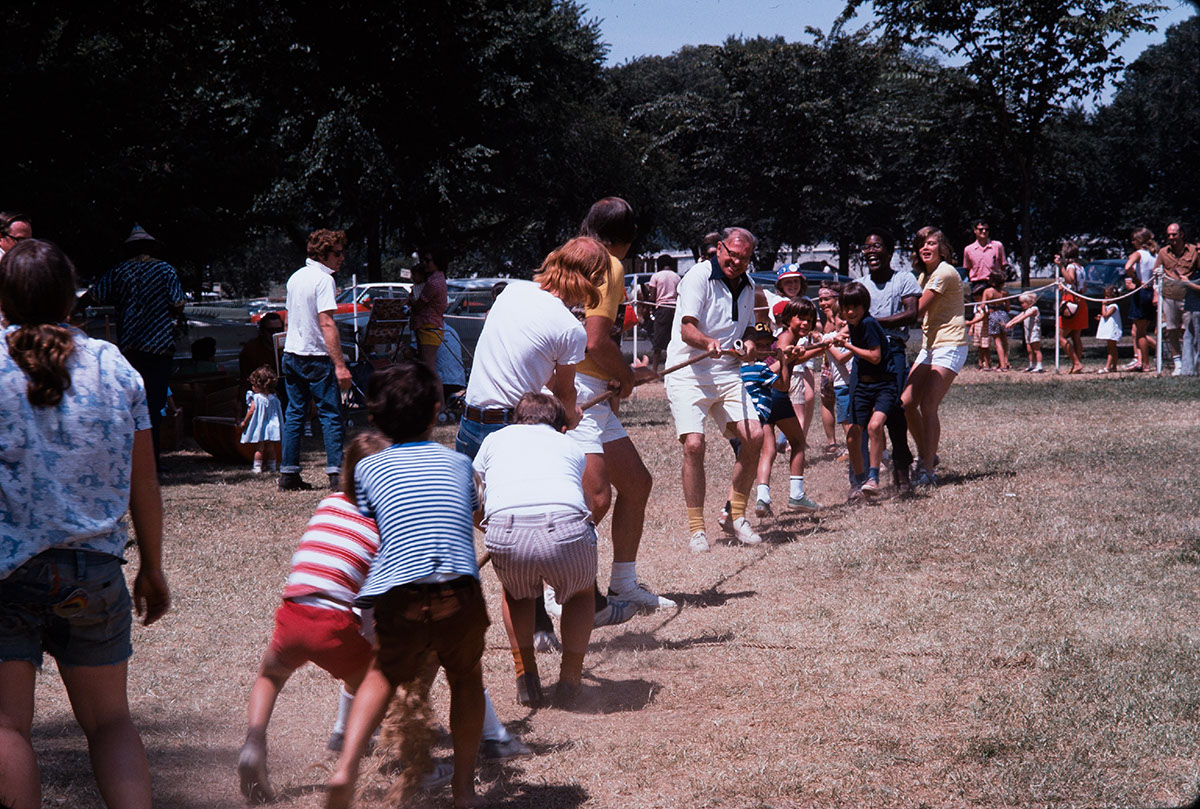
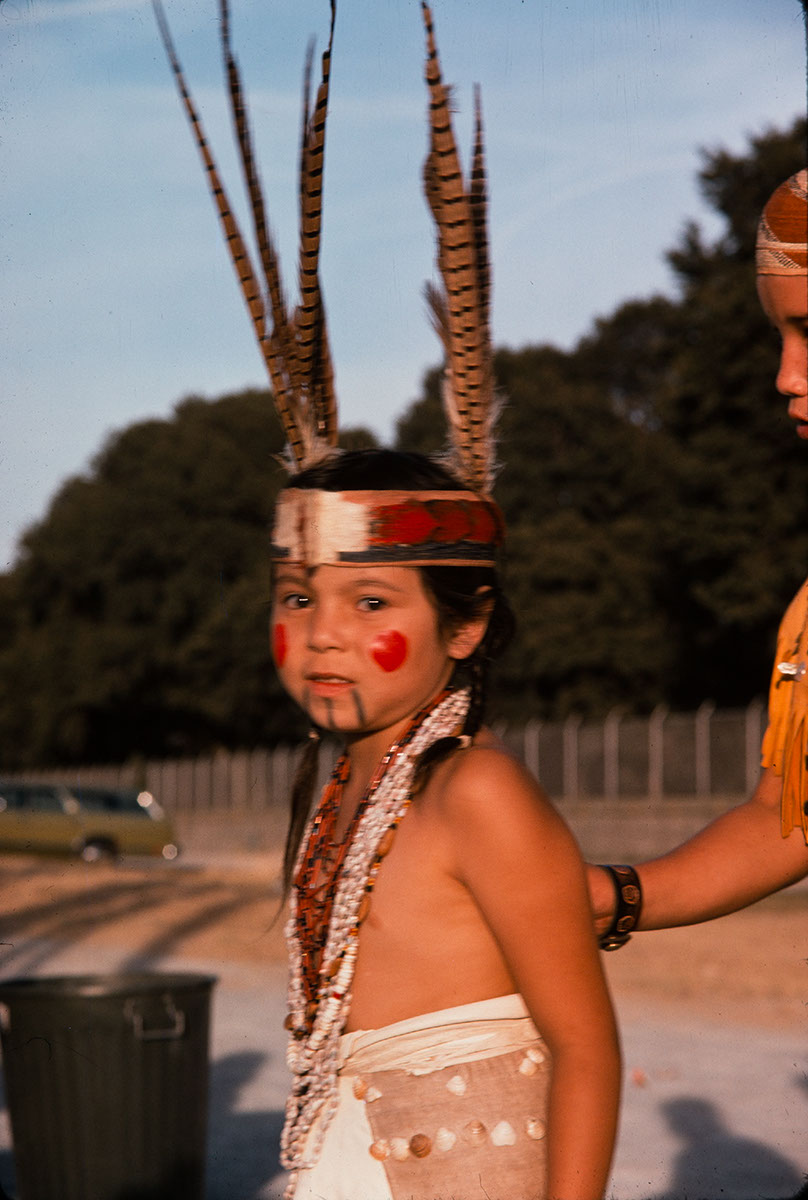
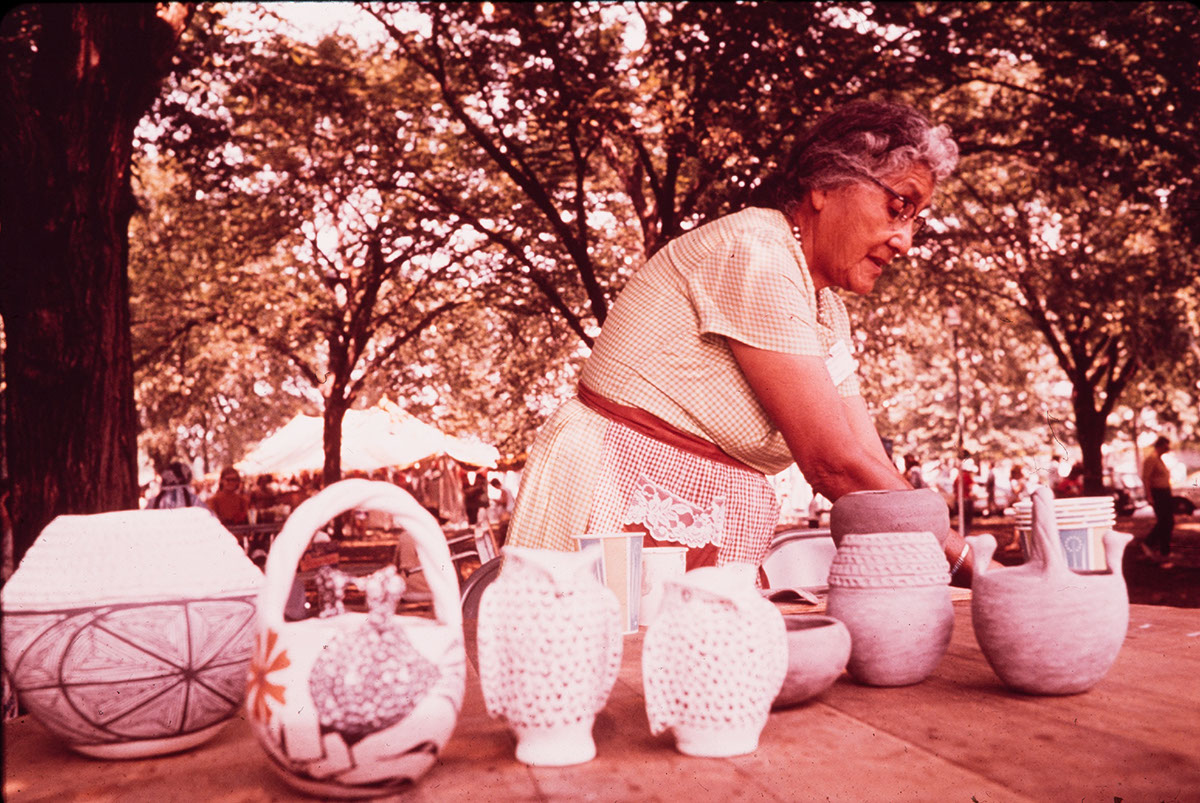
Beginning with the first Festival in 1967, Native American presentations demonstrated the vitality of craft traditions, culinary arts, song and dance, and folklore. The 1974 Native American program marked the fifth year in a series of regional programs, to culminate in the Bicentennial Festival in 1976 with a comprehensive national program. More than 90 participants joined the Festival, primarily from the Western States of California, Utah, Nevada, Idaho, and Colorado; special programs on sports and games brought tribal members from elsewhere in the country.
Among the tribes participating in the 1974 Festival were (from California) the Tolowa, Pomo, Hoopa, Yurok, Karok, Luiseno, Maidu, Cahuilla, as well as (from the Basin and Plateau States) Paiute, Shoshone, Kaibab, Northern Ute, Ute Mountain, Southern Ute, and Nez Perce. Sports and games were presented by Creek, Cherokee, Eskimo, Acoma, Athabaskan, Jemez, and Laguna participants. Pomo basket makers, Karok netmakers, Yurok canoe carvers, a Tolowa reed boat weaver, and cooks from Yurok, Hoopa, Karok and Cahuilla tribes of California demonstrated crafts and foodways.
Performances took place in a California plank house and a Basin/Plateau tipi, with workshops and discussions in a Learning Center, and sports and games in a dedicated area. The Learning Center was a multimedia venue designed as an introduction to contemporary Indian communities and their traditional backgrounds. Such topics as the Indian Family, Native Community, and Contributions to America were discussed by participants, while Festival visitors could attend language classes, learn Indian songs, and view photographs of contemporary and historic Native Americans.
Carole Parker served as program coordinator, assisted by Thomas Kavanagh; the California program was coordinated by Joy Sundberg (Yurok); the Basin/Plateau program, by Jim Jefferson (Southern Ute); and the sports and games, by Matt Waconda and Ethan Bigpond. The multi-year program was shaped by the Native Americans Advisory Group, including Louis Bruce, Clydia Nahwooksy, Dell Hymes, William Sturtevant, Samuel Stanley, Herman Viola, Carnes Burson, and Robert Byington. Major sponsors for the 1974 program included the Public Information Office of the Bureau of Indian Affairs, the Department of the Army, the Coalition of Eastern Native Americans and the Louisiana Pacific Redwood Corporation.
The following year (1975) saw the last regional Native American program, with the Bicentennial Festival providing a national overview, including some participants who returned from previous years.

